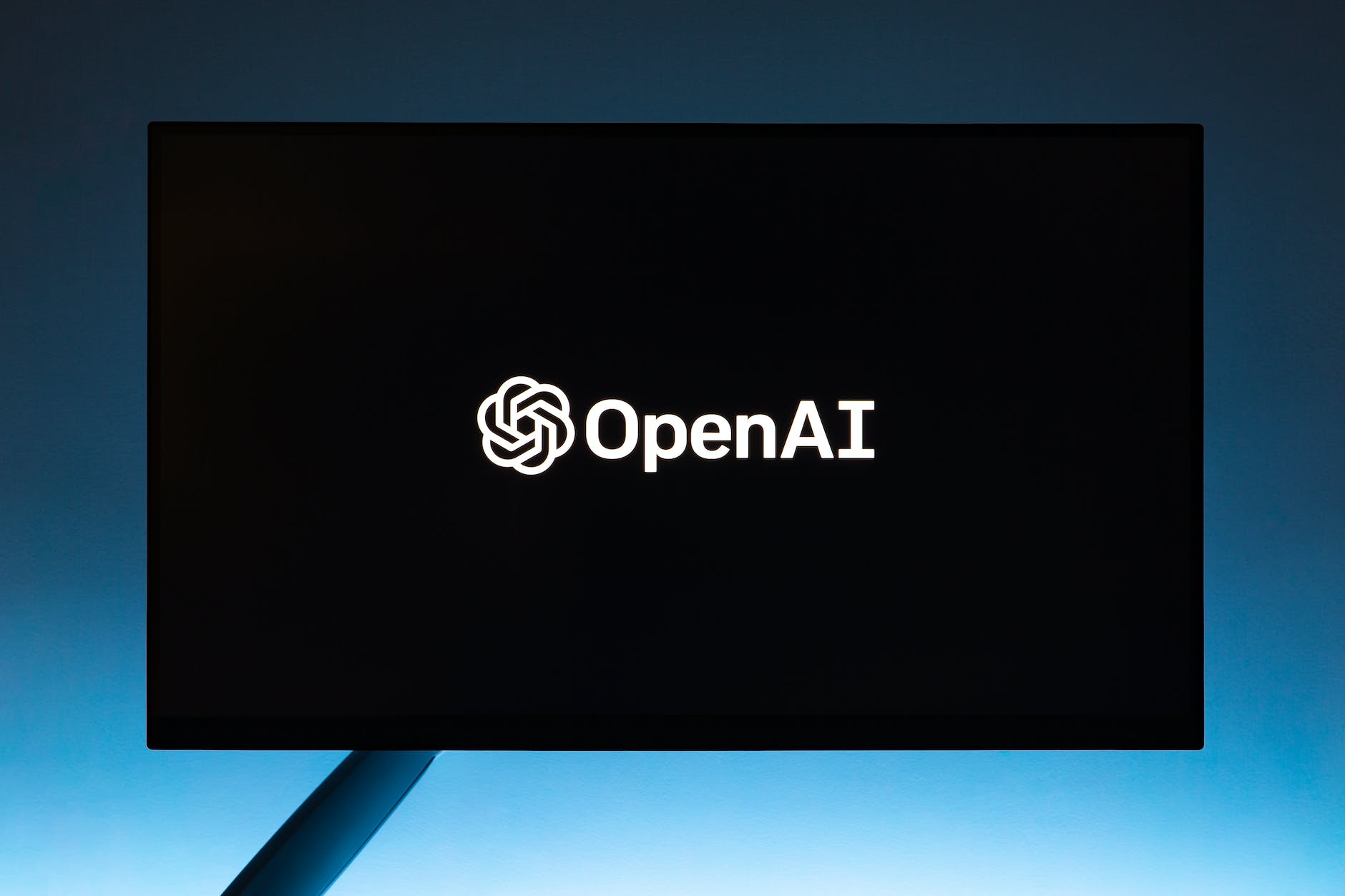
As artificial intelligence (AI) continues to advance rapidly, the potential applications of this technology in various industries, both good and bad, cannot be ignored. GPT-4, the latest iteration of OpenAI’s Generative Pre-trained Transformer model, has recently been making headlines for its potential to aid not only legitimate users but also malicious actors in the cyber world. This article discusses the possible ways GPT-4 could impact cybersecurity and the implications for the future of online safety.
GPT-4: A Brief Overview
GPT-4 is a state-of-the-art AI language model developed by OpenAI, building on the success of its predecessor, GPT-3. Known for its advanced natural language processing capabilities, GPT-4 is capable of generating human-like text and comprehending complex instructions. It can be used for a variety of applications, such as content generation, translation, and conversation simulations.
How GPT-4 Could Empower Cybercriminals
The advanced capabilities of GPT-4 present an alarming prospect for cybersecurity, as it may enable even inexperienced hackers to become more effective cybercriminals. Here are some ways GPT-4 could be misused in the cybersecurity landscape:
Social Engineering Attacks
GPT-4’s ability to generate human-like text could potentially be used to create convincing phishing emails and messages, making it more difficult for people to identify malicious content. This could lead to an increase in successful social engineering attacks, where victims are tricked into revealing sensitive information or downloading malware.
Automated Vulnerability Discovery
GPT-4’s advanced understanding of language and context could be employed to automate the process of discovering vulnerabilities in software and systems. Cybercriminals could use the AI model to scan code and identify potential weaknesses, enabling them to target and exploit vulnerable systems more efficiently.
Code Generation for Malware
GPT-4’s capacity to generate and understand code could be exploited by hackers to create custom malware with little to no coding expertise required. This would lower the barrier to entry for aspiring cybercriminals and potentially result in an influx of new threats.
Implications for Cybersecurity
The potential misuse of GPT-4 in cybercrime raises several concerns for cybersecurity professionals and organizations:
Increased Threat Complexity
The involvement of advanced AI models like GPT-4 in cybercrime could lead to more sophisticated and harder-to-detect attacks, making it increasingly challenging for security teams to prevent and respond to threats.
The Need for Advanced Defense Mechanisms
To counter the threats posed by AI-driven cybercrime, organizations will need to invest in advanced defense mechanisms, such as AI-based threat detection systems and automated incident response tools, to stay ahead of the rapidly evolving threat landscape.
Ethics and Regulation
The potential misuse of AI technologies like GPT-4 in cybercrime highlights the need for ethical guidelines and regulations around the development and deployment of AI. Policymakers, technology developers, and users will need to work together to ensure that AI technologies are used responsibly and that the risks associated with their misuse are minimized.
Conclusion
The emergence of AI models like GPT-4 presents both exciting opportunities and significant challenges for the future of cybersecurity. While the technology holds promise for improving our digital lives, its potential misuse by cybercriminals necessitates vigilance and proactive measures from security professionals, organizations, and policymakers alike. By acknowledging the potential risks and working together to develop responsible AI solutions, we can leverage the power of AI while safeguarding our digital world from the threats it may inadvertently enable.

